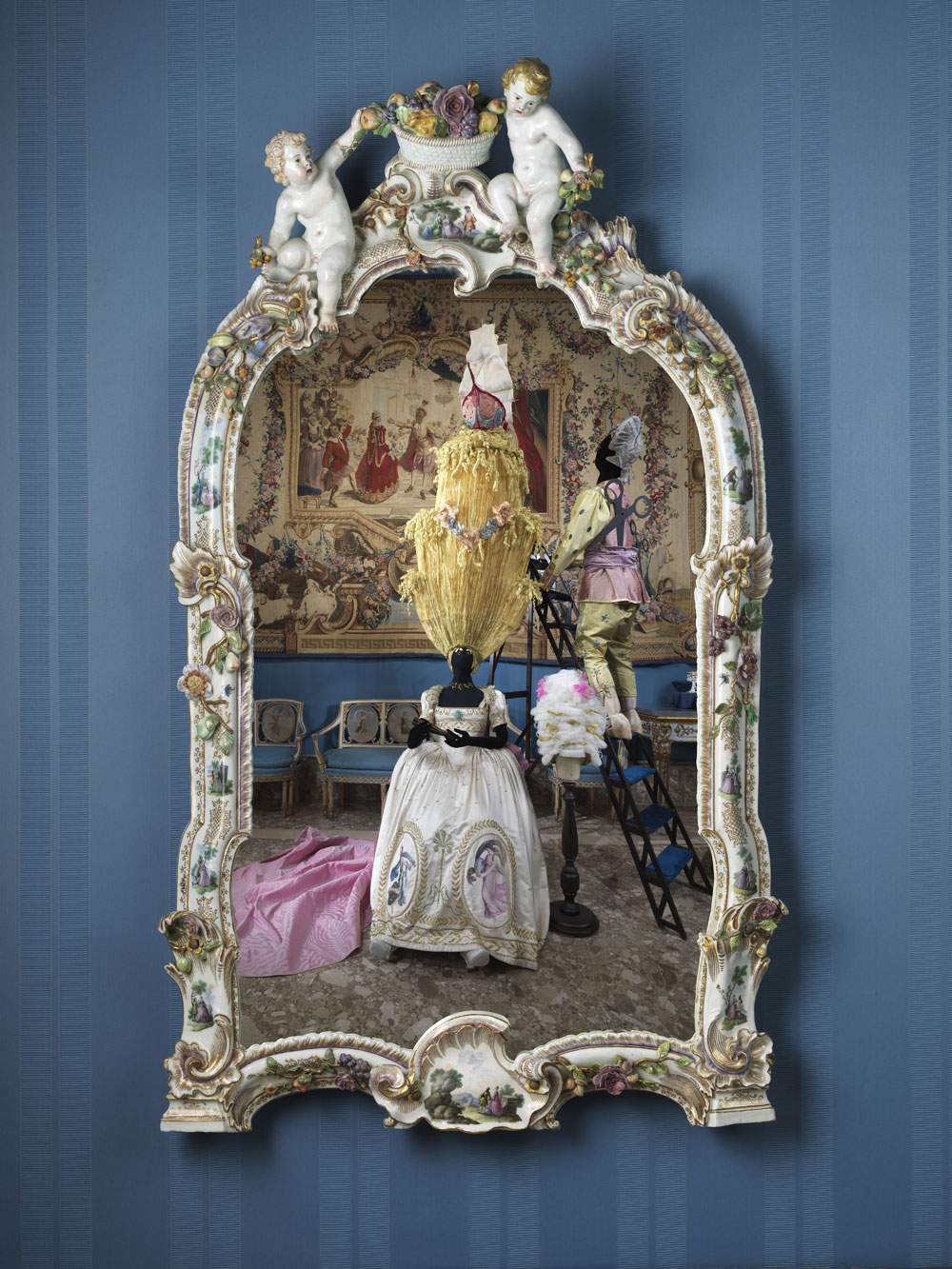Naples Naples of lava, porcelain and music, this is the title of the exhibition, curated by Sylvain Bellenger, which will run from September 21, 2019 to June 21, 2020 at the Capodimonte Museum and Real Bosco.
Set up by Hubert Le Gall, the eighteen rooms of theRoyal Apartment will be the setting for the San Carlo Theater and Capodimonte porcelain, in order to propose the true leitmotif of the exhibition: music. Through this particular set-up, the story of Naples as the capital of the Kingdom during the 18th century and beyond, that is, from the years of Charles of Bourbon to those of Ferdinand II, will be told, with the succession of scenes from daily life. Visitors will also be accompanied, thanks to dynamic headphones, with music selected for the various themes proposed (from Giovanni Pergolesi to Domenico Cimarosa, Giovanni Pacini to Giovanni Paisiello, Leonardo Leo to Niccolo Jommelli).
Starting with sacred music, the exhibition itinerary will continue with a tribute to Naples as the capital of music with musical instruments from the Conservatorio di San Pietro a Majella in Naples, set against a painting by Gaspare Traversi and a painting by Louise Nicolas Lemasle depicting the 1816 Wedding of Princess Maria Carolina of Bourbon to the Duke of Berry.
A large space is devoted to the Grand Tour: in the Camuccini Hall it will be repurposed by Le Gall with sculptures by Righetti, biscuits by Tagliolini, bronzes from the Chiurazzi foundry, Del Vecchio and Giustiniani pottery and porcelain, archaeological vases from the De Ciccio collection, and mannequins wearing stage costumes by Emanuel Ungaro.
It will continue withEgyptomania, China and Chinoiserie with the Chinese boudoir of Queen Maria Amalia brought to Capodimonte in 1865 from the palace of Portici, the hall of matter with the birth of mineralogy and volcanology studies that enchanted the ambassador of England Lord Hamilton, from the Royal Mineralogical Museum and the Zoological Museum. Among the exhibits will be a medal coined in lava dating back to 1819 that depicts Ferdinand, king of the Kingdom of the Two Sicilies, while Vesuvius is presented in painting in its most relevant eruptions and witnessed by mining finds, such as vesuvianite, garnet, leucite, lazurite, hematite and others.
The hall dedicated to animals will show taxidermied specimens from the Zoological Museum of the Federico II University of Naples. Among the loans are species from the Bosco di Capodimonte, which provide a record of the local fauna of the early 20th century: the sparrow hawk, cuckoo hawk, eagle owl, lark and fox. Many of the birds featured are depicted on the main porcelain and earthenware services of the Naples Manufactures, which competed in skill with those of Vienna and Sèvres: it is understood that a table service is also a naturalistic catalog of the Kingdom’s fauna.
On the other hand, the character of Punchinello triumphs in the Salone delle Feste; games, fashion, and parties are presented in the last rooms. Finally, the last room hosts a videomapping by artist Stefano Gargiulo that shows images of Naples yesterday and today on four large monitors.
The exhibition is proposed as a journey into the theatrical and daily life of Naples, a multisensory journey inside the Bourbon Palace through more than 100 objects, 600 pieces of porcelain from the Royal Factories of Capodimonte and Naples, more than 100 costumes from the San Carlo Theater with prestigious signatures, musical instruments, paintings, art objects and furniture.
The exhibition is sponsored by the Museo e Real Bosco di Capodimonte in collaboration with the Teatro di San Carlo in Naples.
For info: www.museocapodimonte.beniculturali.it
Hours: Daily from 8:30 a.m. to 7:30 p.m. Closed Wednesdays.
Tickets: Full 14 euros, reduced for 18- to 25-year-olds 8 euros. Free for under 18 and Artecard holders.
Image: Setting up room 32- La Parrucca
Photo Luciano Romano
Mirror (ca. 1750-1755; painted and gilded porcelain; Real Fabbrica della Porcellana di Capodimonte)
 |
| A journey into the theatrical and daily life of Naples at Capodimonte |
Warning: the translation into English of the original Italian article was created using automatic tools. We undertake to review all articles, but we do not guarantee the total absence of inaccuracies in the translation due to the program. You can find the original by clicking on the ITA button. If you find any mistake,please contact us.